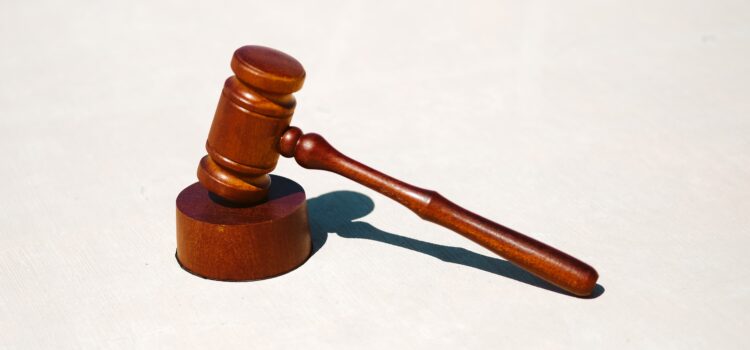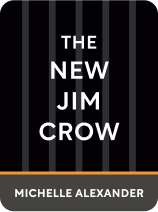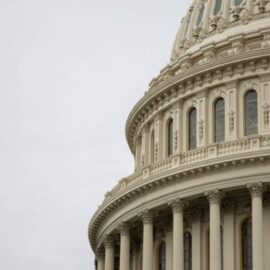

This article is an excerpt from the Shortform summary of "The New Jim Crow" by Michelle Alexander. Shortform has the world's best summaries of books you should be reading.
Like this article? Sign up for a free trial here .
Is there racism in the court system? How do biases in the courtroom contribute to the problem of mass incarceration?
Racism in the court includes implicit and explicit race-based biases in all steps of the legal system. From a racial bias in jury selection to racial sentencing disparities, biases in the courtroom disadvantage certain groups.
Read on to understand racism in the court system and how it fits into the New Jim Crow system.
Racism in Court: A Pervasive Problem
So racial bias was likely affecting drug arrest targeting. Shouldn’t this be resolvable in the courts? Unfortunately, the courts have made it difficult to challenge racial bias.
As explained in Chapter 2, the courts allowed stops, even racially biased ones, as long as there was probable cause for some reason other than explicit race.
In McCleskey v. Kemp, the Supreme Court ruled that statistical evidence of bias was insufficient for discrimination – there needed to be clear evidence of conscious racial bias.
- In this case in particular, the court believed that studying 2,500 cases with different personnel, officials, judges, and jurors did not present a clear enough explicit common mechanism.
- However, rules bar litigants from obtaining information on prosecution motives and jury deliberations. Ironically, the catch-22 became: to prove their case, the litigant needed evidence that is only obtainable upon winning a case. Without the evidence, the litigant loses the case, which prevents them from gaining the evidence. So the racial bias in jury selection remains.
Part of the motivation was the reluctance to question the integrity of the entire system. If drug war was shown to be racially biased, it might open up contests in the death penalty, life sentences, and other deeply embedded issues. Questioning prosecutorial discretion would upend countless cases. A “too big to fail” example.
The Supreme Court ruled that the state is immune from federal suits for damages; city police can’t be sued for damages unless a specific explicit policy supports illegal practice.
In US vs Brignoni-Ponce, the Supreme Court ruled that race could not be the sole factor in police stop and searches, but that race could be a relevant factor as long as it’s not the only one.
- Thus one could stop and search for any factor correlated with race – clothing, age, and location.
- Even something as seemingly impartial as prior criminal record is not race-neutral – since blacks are so much more likely to have criminal records.
Title VI prohibits federally funded programs , like police departments, from discriminating on race. However, in Alexander v. Sandoval, the Supreme Court ruled that private citizens and groups cannot sue on Title VI grounds – only the federal government could sue. Thus racial profiling challenges have disappeared.
Each Supreme Court decision obviously has trickle-down effects on federal and appellate courts and proves additional racism in court systems.

———End of Preview———
Like what you just read? Read the rest of the world's best summary of Michelle Alexander's "The New Jim Crow" at Shortform .
Here's what you'll find in our full The New Jim Crow summary :
- How the US prison population increased 10x in 30 years because of harsh drug policies
- How being "tough on crime" was deeply motivated in discrimination against black people
- Why being convicted for a crime is essentially a life sentence of poverty and return to prison






